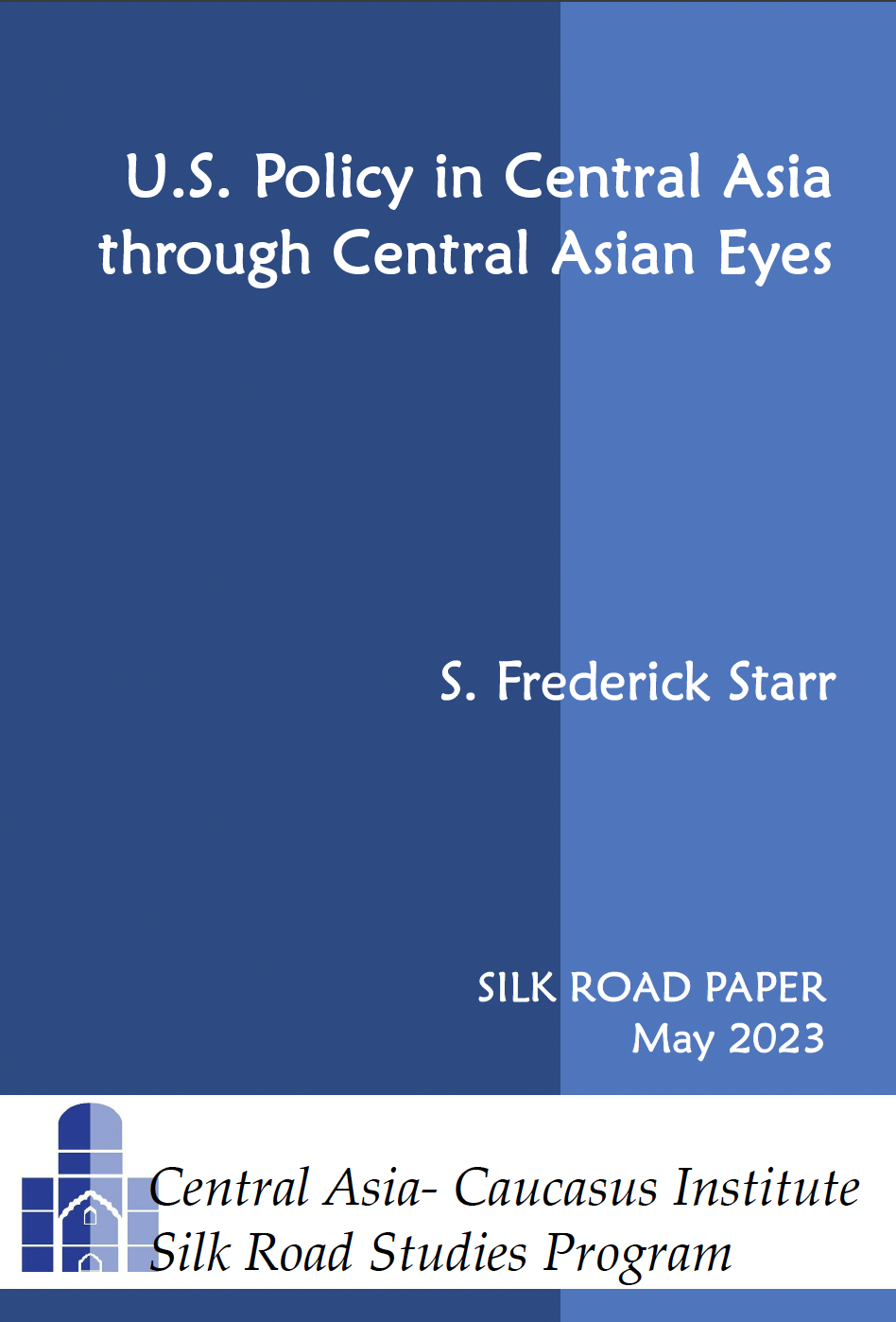The India-China Clash and the Expanded SCO
By Stephen Blank
October 16, 2017, the CACI Analyst
The recent Indo-Chinese crisis over the Doklam area has been peacefully resolved for now, yet its repercussions risk spilling over to both South and Central Asia and beyond. The Doklam clash has demonstrated to China that it can no longer push India around, and India immediately registered that lesson in self-confidence by stating that it will play a larger role in Southeast Asia, another area where they both jostle for influence. Similarly, we can expect an expanded rivalry in Central Asia, not least within the framework of the Shanghai Cooperation Organization (SCO) now that India and Pakistan are both members.
Homegrown Insurgency is on the Rise in Ingushetia
By Huseyn Aliyev
October 11, 2017, the CACI Analyst
On August 23, for first time in over a year, local authorities performed a counter-terrorist operation in the North Caucasus republic of Ingushetia. Local sources report that security forces killed three suspected Islamist militants, including the head of a local militant jama’at (community) during the operation. The armed confrontation between local security forces and Islamist militants was the eight such incident since the beginning of 2017. The Ingush insurgency has been in steep decline over the past seven years. Therefore, this unexpected rise in conflict-related violence in Ingushetia is a worrying trend for local authorities, which have previously declared repeatedly that the Islamist insurgency in the republic is no longer active.
Abkhazia's Diplomacy: Foreign Relations Beyond Russia
By Andreas Pacher
October 2, 2017, the CACI Analyst
70 percent of Abkhazia’s diplomatic notes do not address its patron state Russia, but are sent to the few other states that have recognized its independence. It is surprising that countries like Nauru or Vanuatu obtain so much sustained attention from Abkhazia. The contested territory is usually perceived to rely solely on Russia. However, by exercising courtesy towards all partner countries, Abkhazia wants to present itself as a polity that is capable of behaving as a real sovereign state within the international community, projecting the image of normalized statehood that the region seeks to attain. Any attempts to thoroughly understand post-Soviet breakaway territories should pay closer attention to their external ties beyond their patron.
Afghanistan's Mineral Deposits Again Attract International Interest, Unrest and Smuggling
By John C. K. Daly
September 27, 2017, the CACI Analyst
On August 22, after nearly 16 years of war in Afghanistan, U.S. President Donald Trump announced his intention to increase the U.S. military presence there, extending the longest war in U.S. history and adding billions more dollars to its cost, now estimated to over US$ 1 trillion since 2001. In searching for revenue streams to support this outlay an idea that has been around for more than a decade is being revived: exploiting Afghanistan’s rich, underused mineral wealth. Despite the extent of the country’s mineral deposits being well known, many impediments remain to their development despite international interest.



 Silk Road Paper S. Frederick Starr,
Silk Road Paper S. Frederick Starr,  Book Svante E. Cornell, ed., "
Book Svante E. Cornell, ed., "